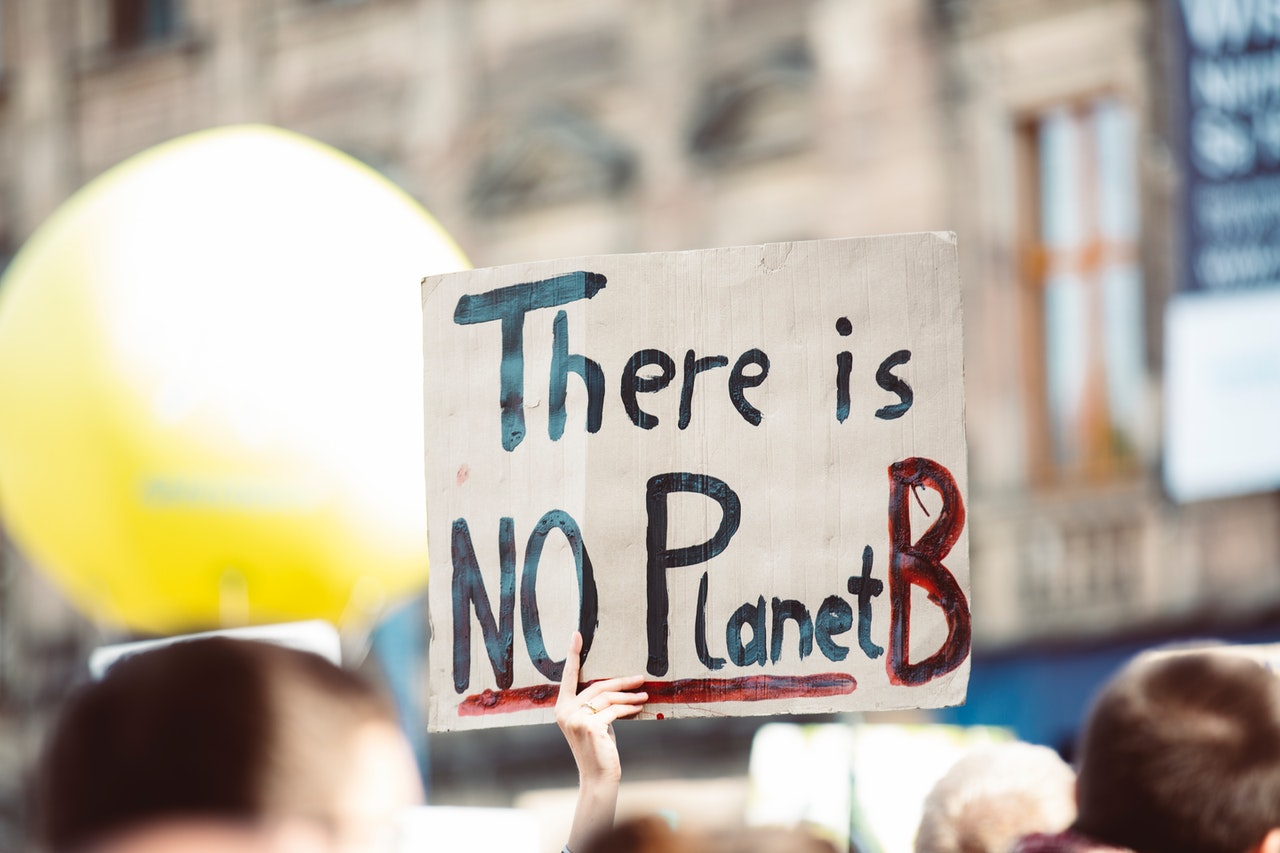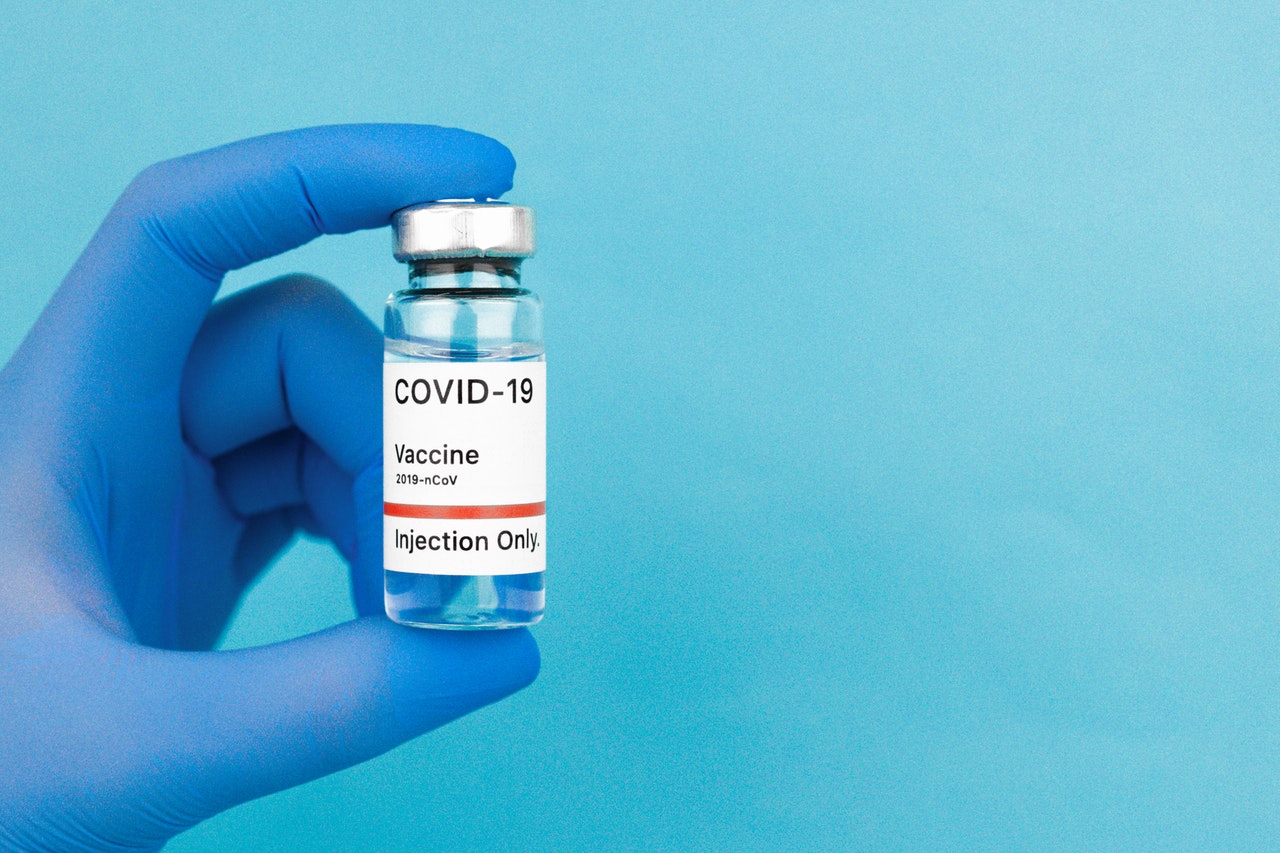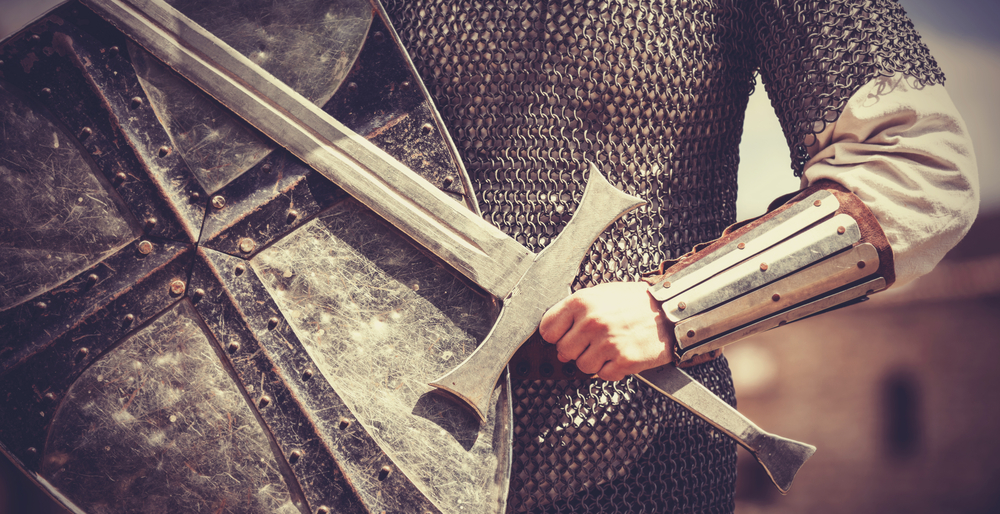Reading Time: 2 minutes
- Increasing population & industrialisation has led to deforestation and increase in waste & pollution.
- These factors have been causing a drastic increase in the greenhouse gases; e.g., carbon dioxide is one of the main greenhouse gases and its concentration has gone up 45%, from 280 ppm in year 1750 to 415 ppm in year 2019.
- These gases have the potential to trap the sunlight & increase temperature; an excessive increase in temperature leads to bad outcomes such as water deficit, extinction of certain animal species etc.
- The rise in temperature had been concerning the environmentalists for a while, so an international conference was called upon in Brazil in 1992.
- At this conference, called Earth Summit, an international environmental agreement was opened for negotiation.
- By March 1994, the agreement called The United Nations Framework Convention on Climate Change (UNFCCC) came into force after all the members had signed it with the objective to stabilise greenhouse gas emissions.
- These members are called parties and these parties, 197 in number, meet each year at a conference (called Conference of Parties – COP) to discuss climate change matters.
- At the 21st COP (at Paris in Dec 2015), the parties reached an agreement (signed in 2016) called the Paris Agreement to limit the greenhouse gas emissions in this century to levels that would prevent global temperatures from increasing more than 2°C above the temperature benchmark set before the beginning of the Industrial Revolution.
- So, if the temperature at the beginning of Industrial Revolution was 10°C, the benchmark for the 21st century was 12°C but it was also agreed that efforts would be made to pursue a target of 11.5°C.
- But the period considered for Industrial Revolution was not defined.
- The Industrial Revolution began in the late 1700s (no definite year) and if this period was considered as the baseline the earth was regarded to have warmed up by about 1°C, therefore greater cuts were required in future emission targets.
- On the other hand, if the period of around 1830s, when the climate change signals began appearing on a global scale, is considered then the targets for emission reduction would have been far less stringent.
- Finally, the researchers agreed to consider the period of 1850-1900 as the baseline because that was considered more reasonable.
- Since the signing of Paris Agreement, which seeks commitments from all nations to cut their climate-altering pollution, the progress towards emission targets has been mixed – some countries claiming to have been meeting their targets, while others confessing their failure.
- One of the challenges of Paris Agreement is lack of enforcement mechanism; it is not legally binding on parties and is supposed to be driven by cooperation and transparent reporting.
Image courtesy of Pikist
Reference shelf :























